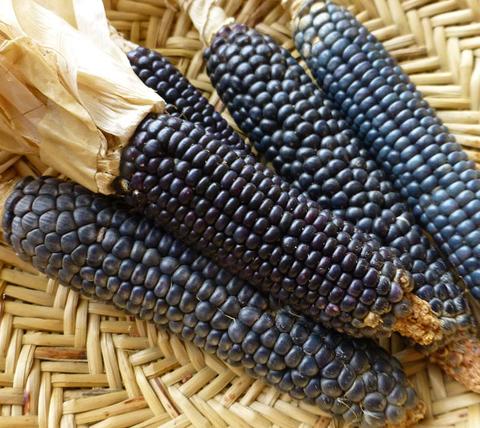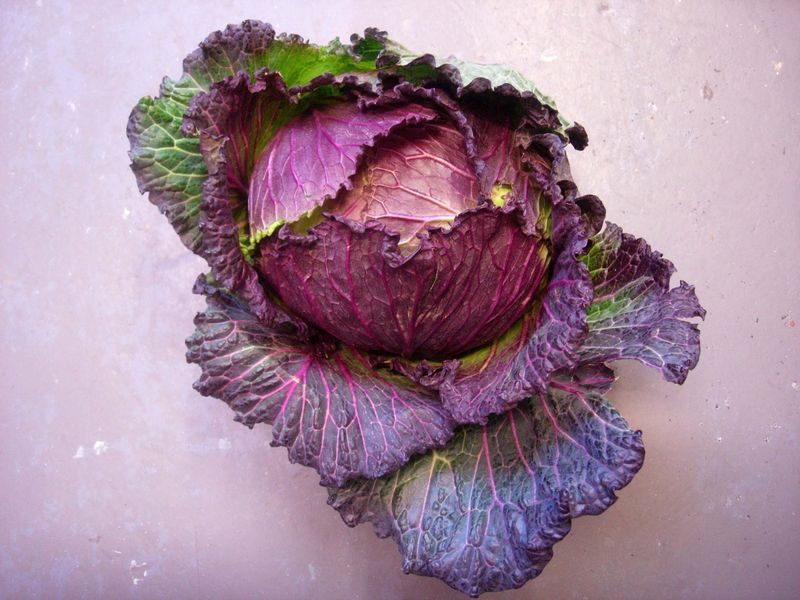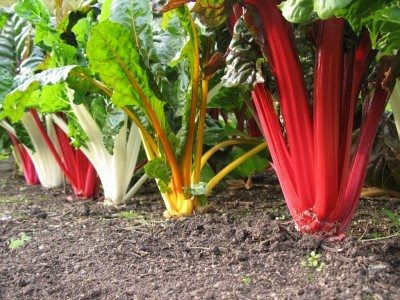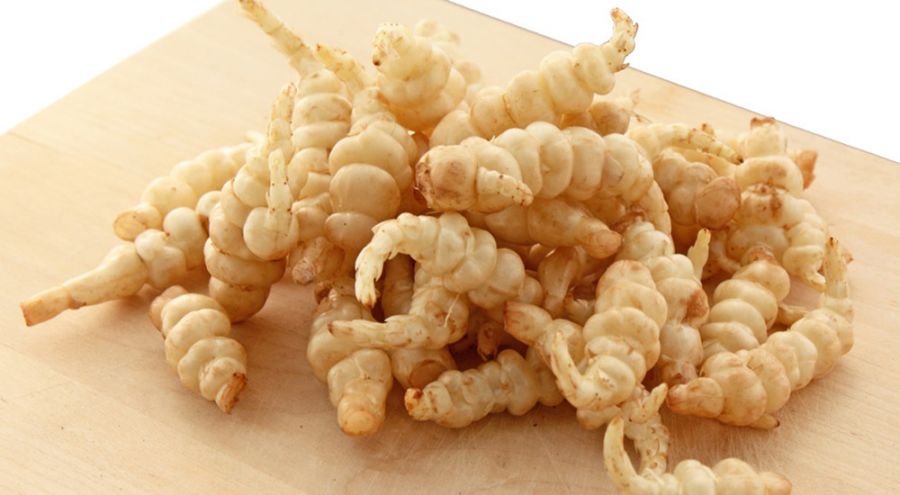Switch up your menus with alternative varieties of fruit and veg

Large-scale agriculture has affected the biodiversity of what we grow and what we eat.
Another little known fact is that in the 1970s, the EU passed a law banning the sale of unregistered seeds - an expensive process which discouraged many from commercialising all but a handful of varieties and had a drastic effect on the number of heirloom seeds available.
Thankfully, these laws were relaxed in 2011 and people’s increased awareness of the benefits of agricultural biodiversity has given heritage varieties a boost.
What ARE THE BENEFITS OF USING DIFFERENT VARIETIES OF FRUIT AND VEGETABLES?
In so far as the environmental benefits, growing numerous varieties encourages hardiness in plants, pollination and helps restore soil health and fertility.
Increasingly, chefs and restaurants hold themselves to a certain standard when it comes to the impact of the ingredients that they source, work with and sell.
There are of course benefits to human health too as it helps avoid single crop failures (of note is the potato famine which struck Ireland in the 19th century and led to almost a million deaths) - and contributes towards balanced diets.
"In championing agricultural biodiversity we are protecting the presence of varied bacteria & fungi, grasses, trees, insects and mammals on the land. In cultivating a wider variety of plant species, a farmer is enhancing the natural ecosystem for all lifeforms - including humans," explained Poppy Royds, account manager at London-based fruit and veg supplier Natoora.
SHOULD CHEFS USE MORE HERITAGE PRODUCE?
But beyond the ethical considerations, most chefs would agree that what they seek is to deliver an experience to their customers which they may not be able to replicate at home. By using near-extinct varieties of fruit and vegetables, otherwise known as heritage crops, this seems more likely.
But when it boils down to it, what chefs care about most is that their food tastes good. By encouraging the production of different crops, chefs have more flavours to choose from.
Vernon Mascarenhas, director of Natures’ Choice, New Covent Garden Market, said heirloom seed varieties and vegetables have become fashionable "because customers want dishes featuring lots of colourful vegetables. Coloured varieties of core vegetables, such as potatoes, carrots, beetroot and cauliflower, delight the eye and tastebuds with rich colours and developed flavours, make vegetables more exciting and allow chefs to be more creative on their menus."
This is as opposed to the monocultures, which Poppy Royds explained "are generally selected for high-yield, rather than flavour or unique characteristics."
By encouraging biodiversity and prioritising good soil health, she added, "regenerative farmers are inherently cultivating produce with better, distinctive flavour."
"A healthier soil means a higher balance of minerals and nutrients available to nourish produce.
"The result is more concentrated, more complex flavour."
Although they may cost more, the price of heritage fruit and vegetables is the mere reflection of "the increased hours of labour, higher level of knowledge and skilled care that goes into producing them," she said.
WHICH HEIRLOOM VARIETIES OF FRUIT AND VEG ARE IN SEASON in the UK?
The following fruit and veg are in season in the UK; why not ask your suppliers if they can get their hands on some for you?

An ancient flint corn

that is a traditional staple of the Hopi people in Northern Arizona, USA, Hopi blue corn can be eaten as sweetcorn when picked young, but is best known for making an excellent, sweet blue corn flour that has 30% higher protein levels than dent corns. In the Southern States of America and in South America, it is used to make blue corn tortillas. Hopi corn also makes good corn meal.

Pink Fir Apple fingerling potatoes are long, narrow and knobbly. The skin is blushed pink, with a firm flesh, which carries a nutty, earthy flavour close to that of Anya potatoes.

Known as chou de Milan de Pontoise in France, January King cabbage is a cultiva with intermediate morphology between Savoy cabbage and white cabbage.

Fenland celery is a white winter celery that available from October through to the end of December.
A British heritage ingredient, whose delicate sweet, nutty taste and clean, crisp texture is owed to the traditional growing methods and rich, Fenland soil in which it is grown. Fenland celery has a Protected Geographical Indication (PGI) status from the European Commission.

While Rainbow chard isn't an actual varietal of chard, but a mix of white-stemmed Swiss chard, red chard, and golden chard, giving you the intense mineral edge of Swiss chard, the earthy sweetness of red chard, and the mild nutty flavor of golden chard.

Crosne, otherwise known as chinese artichoke or artichoke betony, are very close in flavor to water chestnuts - mild, crunchy and juicy. Their delicate flavor suggests jicama or Jerusalem artichoke, and, unlike most tubers, crosnes stay crunchy when cooked. They're easy to clean and require little treatment; the hardest thing with crosnes is finding them.

Egremont Russet is a medium-sized classic English russet apple from the Victorian era. Its russet skin variety is counterbalanced by a dry flesh, giving it a harmony of flavour and texture and a good balance between sweetness and sharpness, with nutty undertones which make it ideal for use in salads and to accompany cheese.

The roots of candy beetroot are rich, earthy, sweet flavour, and its leaves are also sweet when young. Candy beetroot are best when slow-roasted or steamed and pair well with gamey meats, middle eastern spices and other root vegetables.
- Try Midsummer House chef Daniel Clifford's recipe for roast suckling pork jowl, candy beetroot, carrot and orange beurre blanc

Baby Carentan leek
Carentan Leeks, a French variety first mentioned by seed producer Vilmorin in 1885, are vigorous and fast growing; offering a delicate, delicious mild flavor. Carentan leeks are great fresh or cooked.

The Staff Canteen has always been more than a website—it’s a community, built by and for hospitality. We share the wins, the challenges, the graft, and the inspiration that keeps kitchens alive.
We believe in staying open to everyone, but creating this content takes real resources. If you’ve ever found value here—whether it’s a recipe, an interview, or a laugh when you needed it most—consider giving just £3 to keep it going.
A little from you keeps this space free for all. Let’s keep lifting the industry, together.













